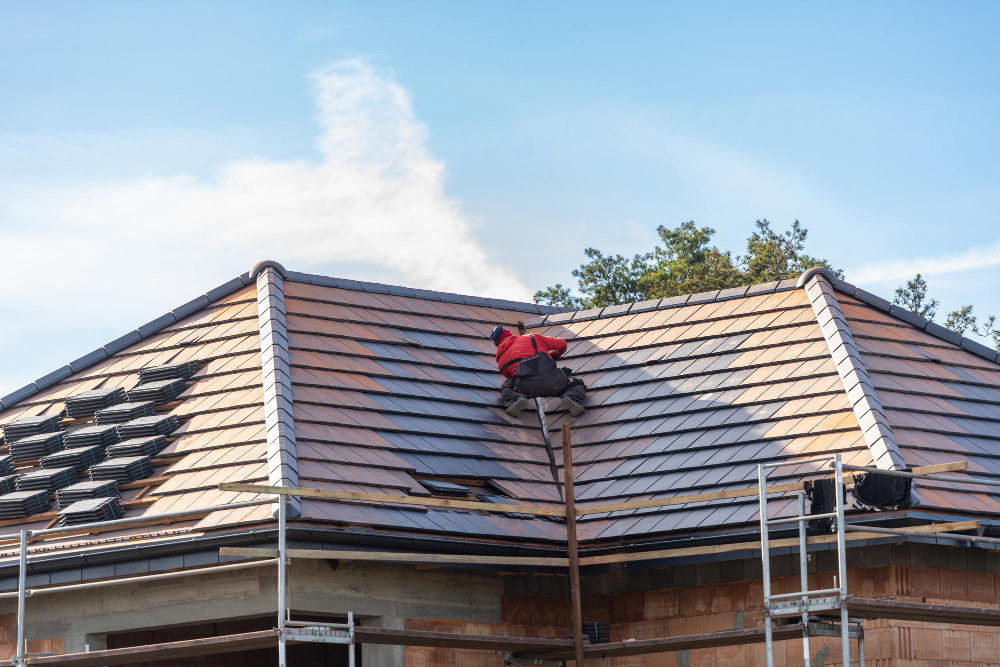When it comes to constructing or renovating a shed, one of the most critical aspects to consider is the roofing. Beyond just providing shelter, a well-constructed shed roof protects valuable items from the elements and can greatly extend the lifespan of the structure. In this guide, we will explore different materials, associated costs, and essential installation tips to ensure your shed roof is both durable and cost-effective.
Materials: Pros and Cons
Selecting the right material for your shed roof depends on various factors including durability, aesthetics, and budget. The three most common options are asphalt shingles, metal roofing, and felt. Asphalt shingles are a popular choice due to their affordability and ease of installation; however, they may require more maintenance over time. Metal roofing, while more expensive upfront, offers superior longevity and is highly weather-resistant. Lastly, felt is the least costly and easiest to install but may not offer the same level of durability as the other options. Each material has its strengths and weaknesses, so consider your specific needs before making a decision.
Costs: What to Expect
Various factors will influence the cost of your shed roofing project, from the type of material you choose to the size of the shed itself. Generally, you can expect to spend between £200 and £600 for a standard-sized shed. Asphalt shingles are likely the most budget-friendly option, with prices ranging from £1 to £2 per square foot. Metal roofing can cost between £4 and £5 per square foot but offers better long-term value. Lastly, felt roofing is the most economical, typically costing around £1 per square foot. Additional costs may include labour, particularly if you opt for professional installation, and any preparatory work needed to ensure your shed’s base is stable and level.
Installation Tips: Getting It Right
Proper installation is crucial for a long-lasting shed roof. Regardless of the material you choose, ensure the shed base is level to prevent structural issues. For asphalt shingles, start at the bottom edge and work your way up, overlapping each row. Metal roofing installation usually requires fewer tools but demands precise measurements and tight fastening to prevent leaks. For felt, apply adhesive to the roof decking and press the felt firmly in place, making sure to smooth out any air bubbles. Ensure you also factor in proper ventilation to avoid condensation build-up, which can lead to rot and decay over time.
Choosing the right materials, understanding the costs involved, and ensuring proper installation are vital steps in creating a durable and effective shed roof. While each material has its pros and cons, careful consideration of your specific needs and budget will guide you to the best solution. Proper planning and execution will not only enhance the longevity of your shed but also protect your valuable items for years to come.
When it comes to installing a shed roof, choosing the right materials and professionals is crucial. Failing to make the correct choices can lead to numerous problems down the line. Here are five common issues that arise from not hiring or selecting the right shed roofing:
- Leaks and Water Damage: Poor installation or substandard materials can result in leaks, leading to water damage inside your shed.
- Shortened Lifespan: Inadequate roofing solutions often wear out faster, requiring frequent repairs or complete replacements much sooner than expected.
- Pest Infestations: Gaps or weak points in the roofing can provide easy access for pests, resulting in unwanted infestations.
- Structural Instability: Incorrect installation can compromise the structural integrity of the shed, posing safety hazards.
- Increased Costs Over Time: While cheaper options may seem appealing initially, they often lead to higher long-term costs due to ongoing repairs and maintenance.
Ensuring that you hire the right professionals and choose high-quality materials for your shed roof is vital. This not only protects your shed from potential damage but also saves you time, money, and stress in the long run. Trusting reputable services such as Leak Proof Roofing Services Liverpool will help you achieve a durable, reliable, and cost-effective shed roof that stands the test of time.
Elevate your shed’s durability with our expert roofing services today
For a durable and reliable shed roof, it pays to hire the experts at Leak Proof Roofing Services Liverpool. Our team brings years of experience and unmatched expertise to every project, ensuring your shed roof is installed with precision and high-quality materials. We are committed to delivering long-lasting, cost-effective solutions tailored to your specific needs, so you can protect your valuable assets from the elements and enjoy peace of mind.
Ready to get started? Contact us today at 0151 374 0415 or email us at info@leakproofroofing.co.uk. Our friendly and knowledgeable staff are here to answer any questions and provide a free, no-obligation quote. Don’t leave your shed roofing to chance; trust the experts for a job well done.
Stay informed and connected with us
Thank you for taking the time to read this blog. We hope you found the information on shed roofing materials, costs, and installation tips helpful. We invite you to explore our other blog posts for more valuable insights and advice on various roofing topics.
Stay connected with us by following our social media accounts for the latest updates, tips, and promotions. We look forward to engaging with you and providing more exceptional content to help you with your roofing needs.
Frequently asked questions about shed roofing
The best material depends on your specific needs and budget. Metal roofing is highly durable and weather-resistant. Asphalt shingles are cost-effective and easy to install.
A shed roof’s lifespan varies depending on the material used. Metal roofing can last up to 50 years. Asphalt shingles generally last between 20 to 30 years.
While DIY installation is possible, hiring a professional is recommended for best results. Professionals ensure proper installation and long-term durability. This prevents costly repairs in the future.

